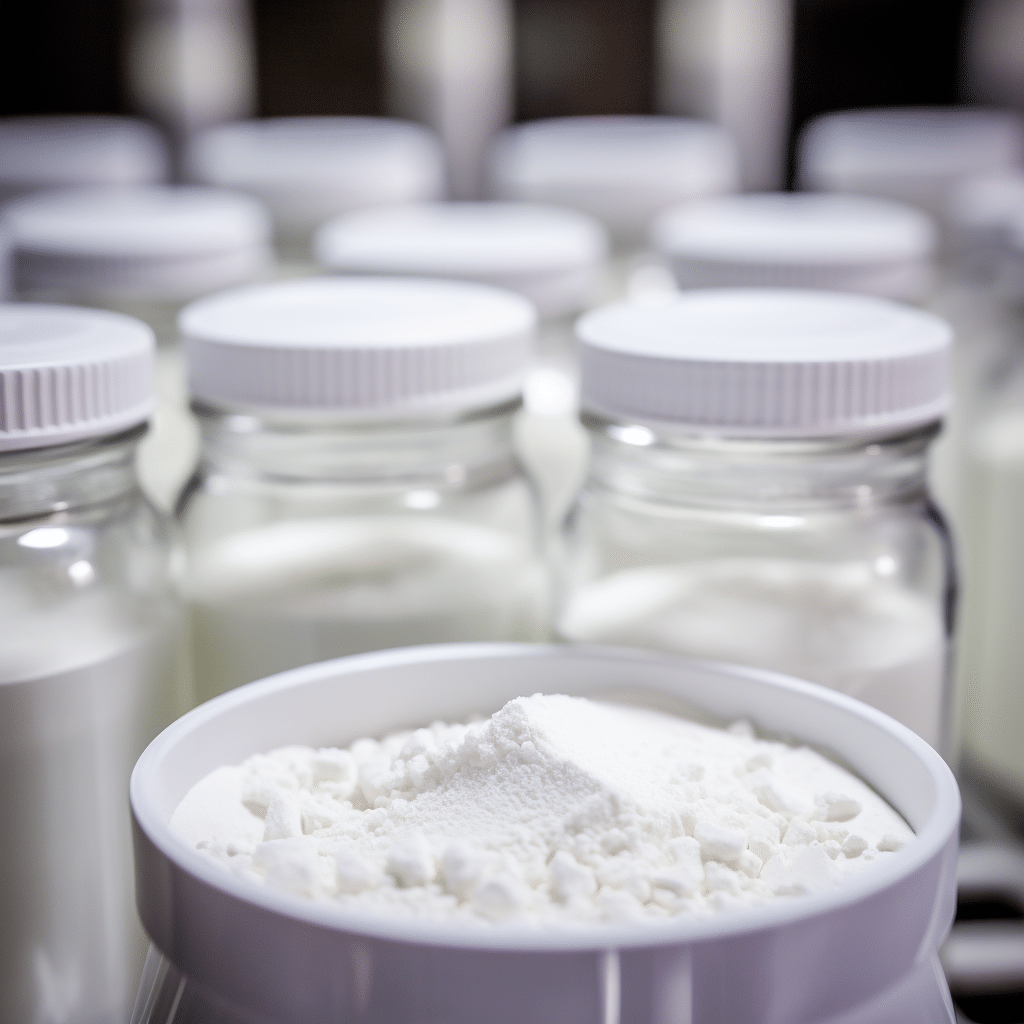Introduction: Polyamines and the Aging Process
Polyamines are small organic compounds involved in cellular growth, DNA stability, and autophagy. Among them, Spermidine and Spermine have gained scientific attention for their roles in longevity and healthy aging. While both are naturally occurring in the human body and found in foods like wheat germ, soybeans, and mushrooms, recent research has begun to differentiate their unique effects. This article compares their mechanisms, benefits, and potential applications in anti-aging supplementation.

What Are Spermidine and Spermine?
Both molecules are polycations, derived from ornithine through a series of enzymatic steps.
- Spermidine:
- Precursor to spermine
- Known for inducing autophagy
- Found in high concentrations in wheat germ, aged cheese
- Spermine:
- Derived from spermidine via spermine synthase
- Involved in DNA stabilization and antioxidant protection
- Present in animal products and some vegetables
Mechanism of Action: Cellular Renewal and Protection
- Spermidine:
- Autophagy Activation: Inhibits histone acetyltransferases (HATs) to promote cellular recycling
- Longevity Support: Enhances mitochondrial function and cell renewal
- Spermine:
- DNA Binding: Stabilizes chromatin and promotes genomic integrity
- Anti-Inflammatory: Modulates immune response, reduces cytokine release
Scientific Insight: A 2021 review in Cell Death & Disease emphasized that both polyamines play complementary roles in aging modulation, with spermidine more autophagy-focused and spermine more structural.
Clinical and Preclinical Evidence
- Spermidine:
- A 20-year cohort study in Austria linked higher spermidine intake to reduced mortality risk (Int. J. Epidemiology, 2018)
- Shown to improve memory and cognitive performance in older adults
- Spermine:
- Animal studies suggest spermine reduces inflammation and improves skin elasticity
- Human data is limited, but early studies show promise for DNA protection and stress resistance
Bioavailability and Supplement Formulation
- Spermidine:
- Typically extracted from wheat germ
- Often standardized to 1% active polyamines
- Widely available in capsules or powder
- Spermine:
- Harder to isolate in high purity
- Often included in polyamine-rich extracts rather than as a standalone
Formulation Note: A combination approach may offer complementary benefits: autophagy (spermidine) + DNA stabilization (spermine).
Which One Is More Potent for Longevity?
- Spermidine currently holds stronger human evidence and more commercial presence.
- Spermine shows mechanistic value and complements spermidine but lacks large-scale trials.
Verdict: For now, spermidine is the better-supported standalone anti-aging ingredient, while spermine may become more prominent as research evolves.
Conclusion: Dual Polyamine Strategy May Be the Future
Rather than choosing between spermidine and spermine, combining both may provide broader anti-aging benefits—leveraging spermidine’s autophagy-inducing capacity and spermine’s DNA protection potential. For formulators and health-conscious consumers alike, understanding their distinct yet synergistic functions can help design next-generation longevity solutions.